Gör det själv (Do it yourself)
Participating in the exhibition
Charlotte Johannesson
KjARTtan Slettemark
Linnéa Sjöberg
Moki Cherry
Ragnar Persson
Renate Bauer
Sture Johannesson
Toxoplasma
About the exhibition
Do it yourself is a tribute to all the brave individuals who dare to throw traditional rules out the window and explore alternative paths. What unites the participating artists is that the act of creating art is as important as the works themselves. For several of them, life and art are intertwined until the boundary between them is completely blurred. A central theme of the exhibition is the freedom to forge one's own path and discover new possibilities for self-expression.
For opening hours and tickets, see our Swedish page about the exhibition.
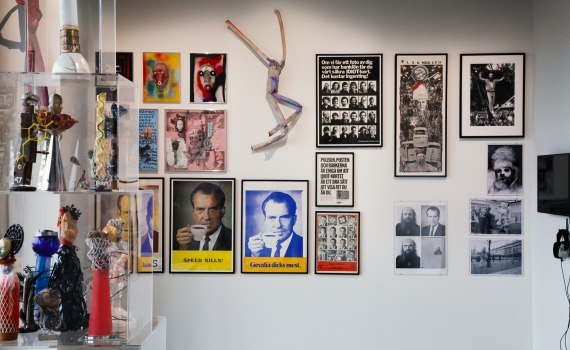
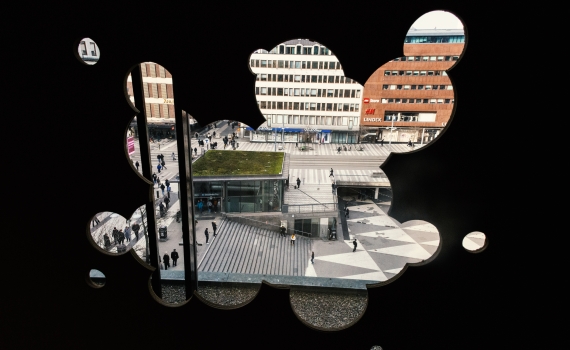
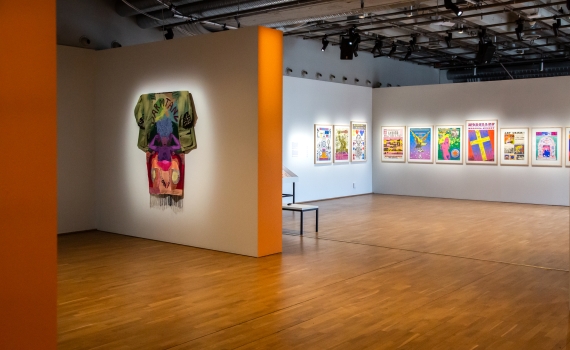
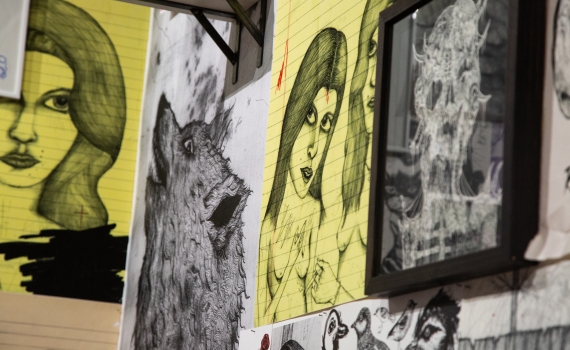
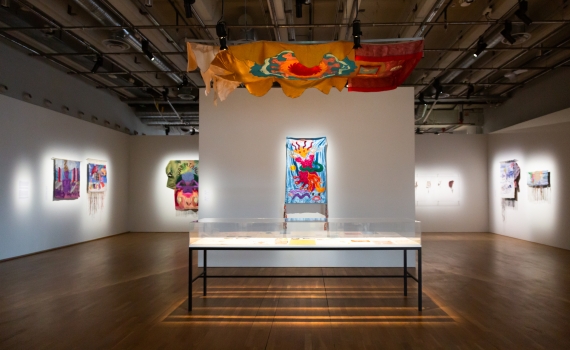
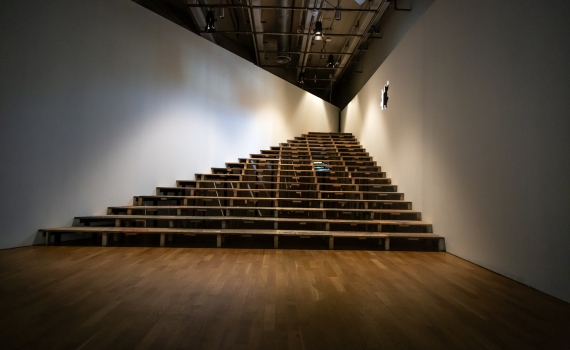
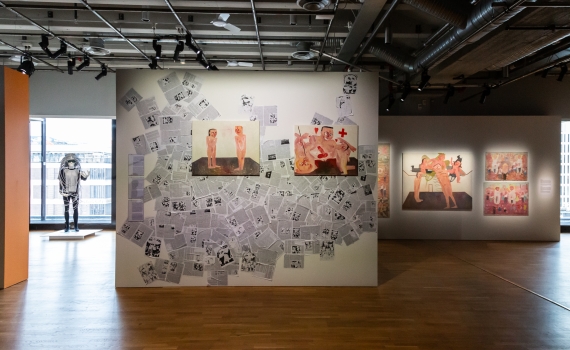


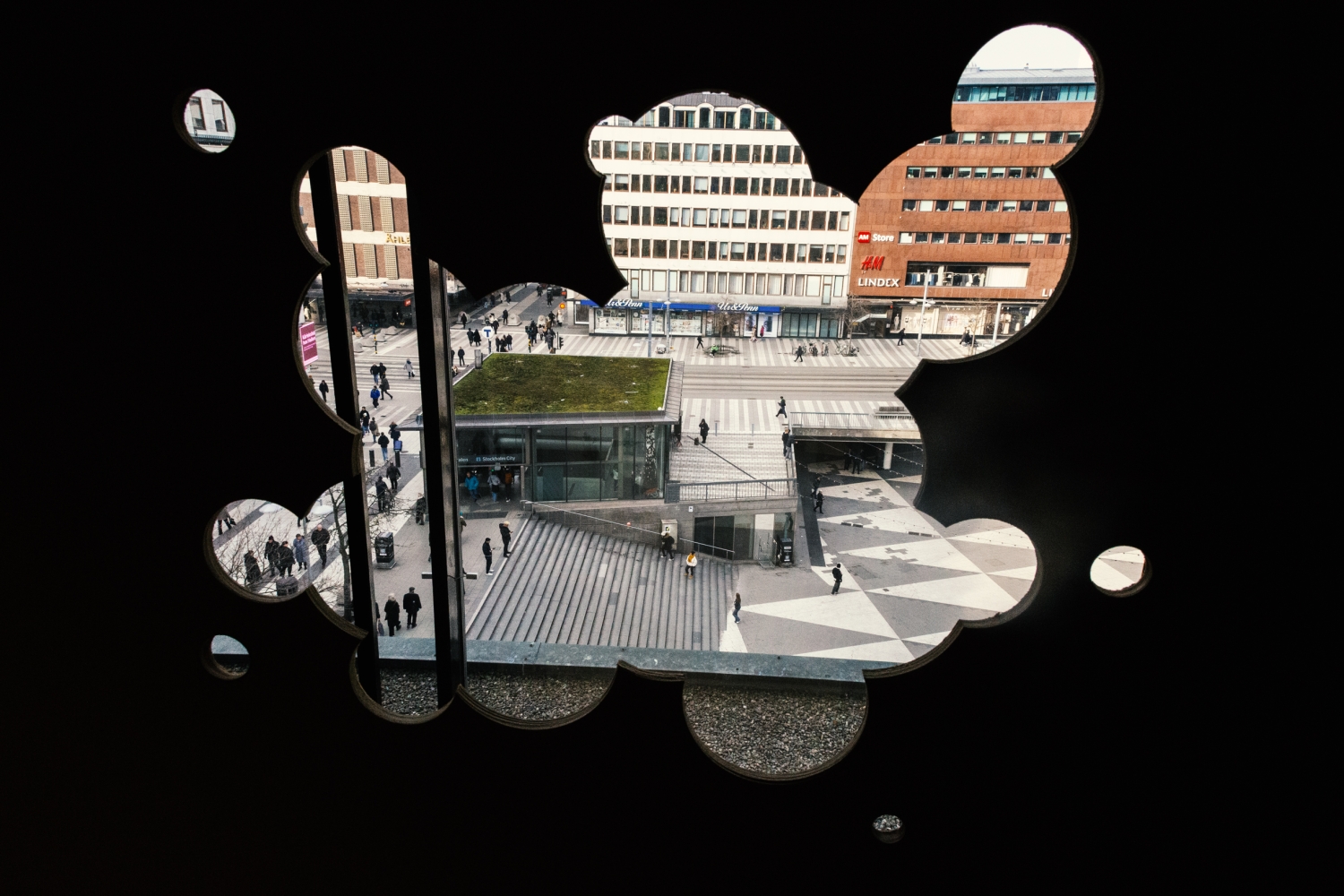

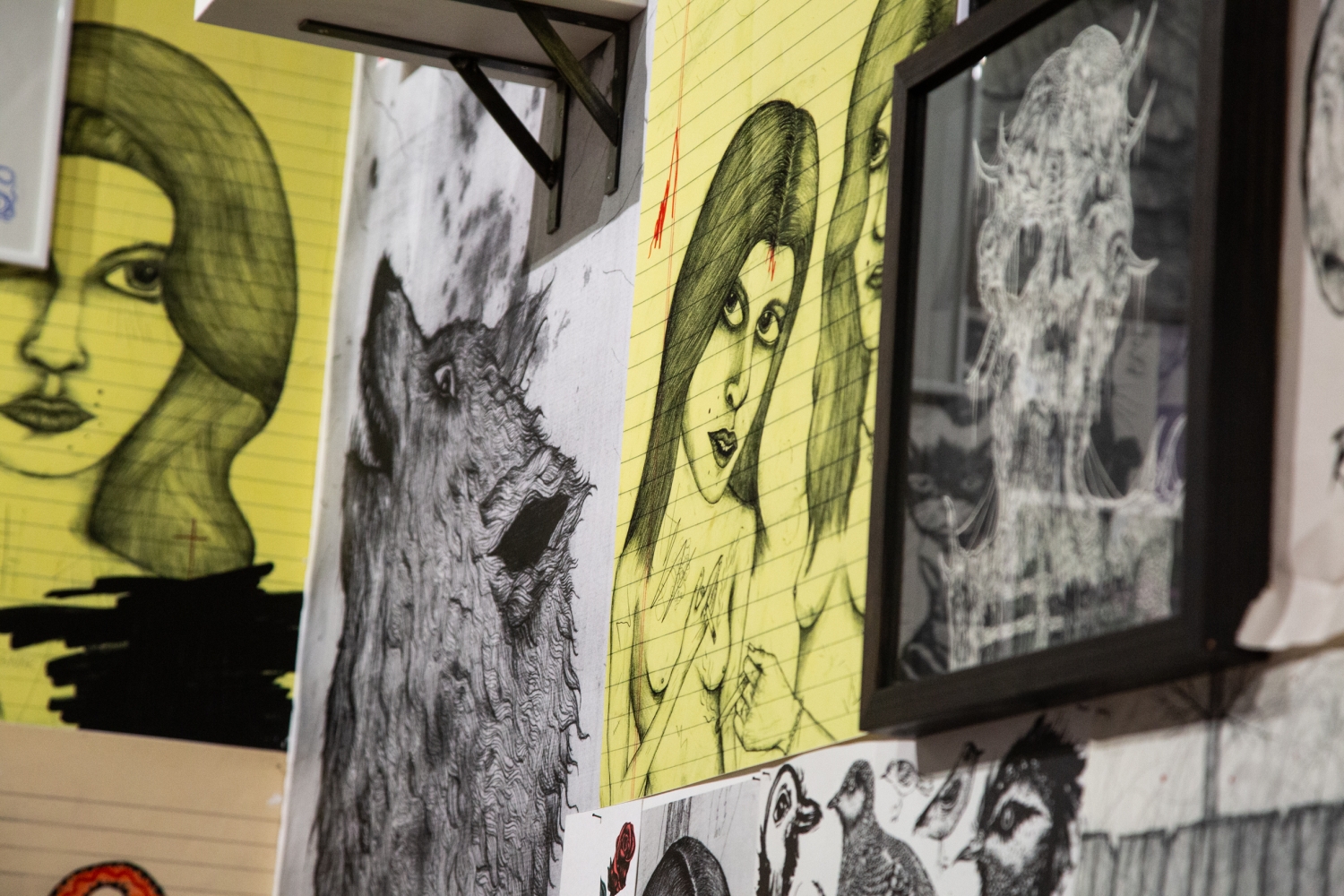

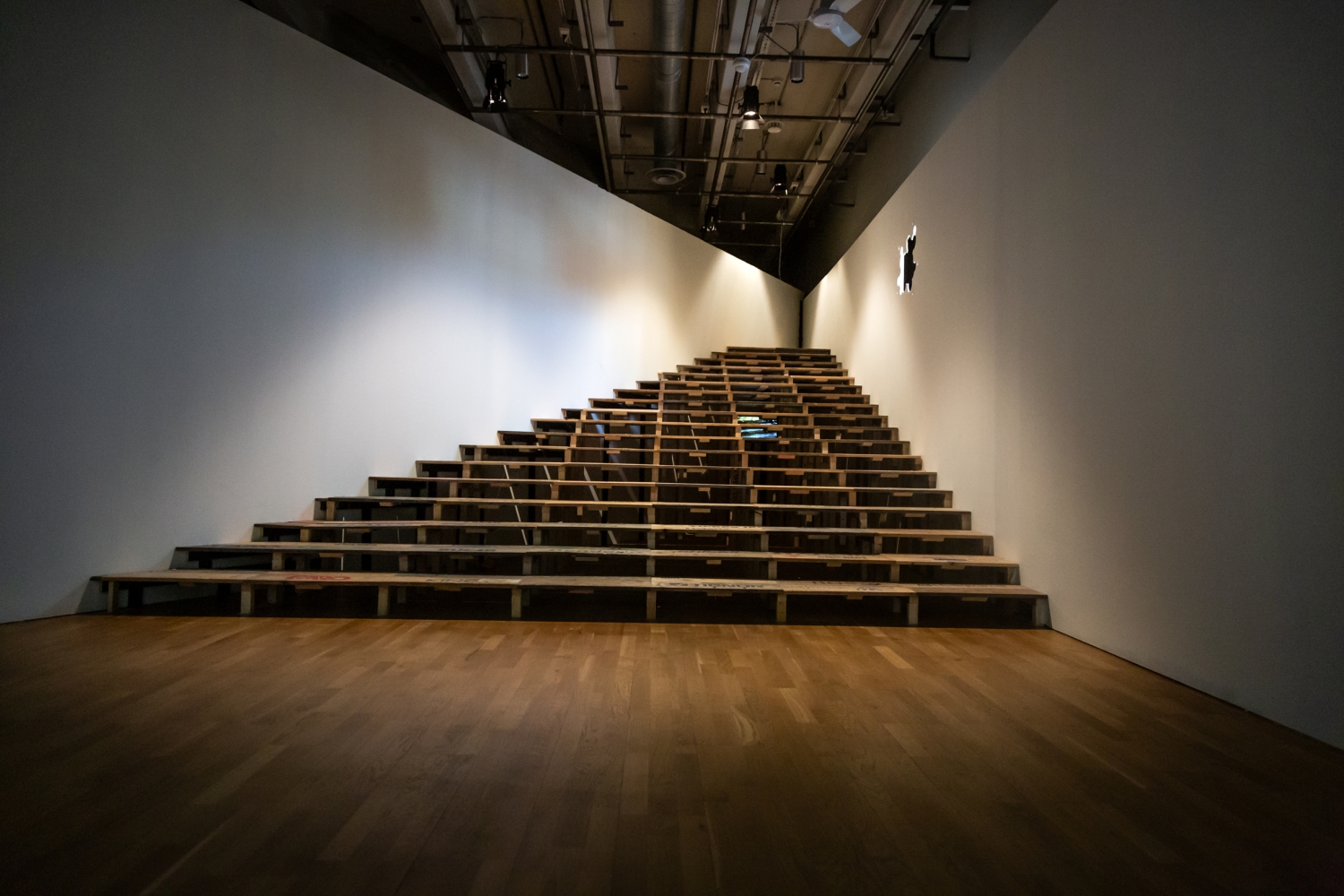
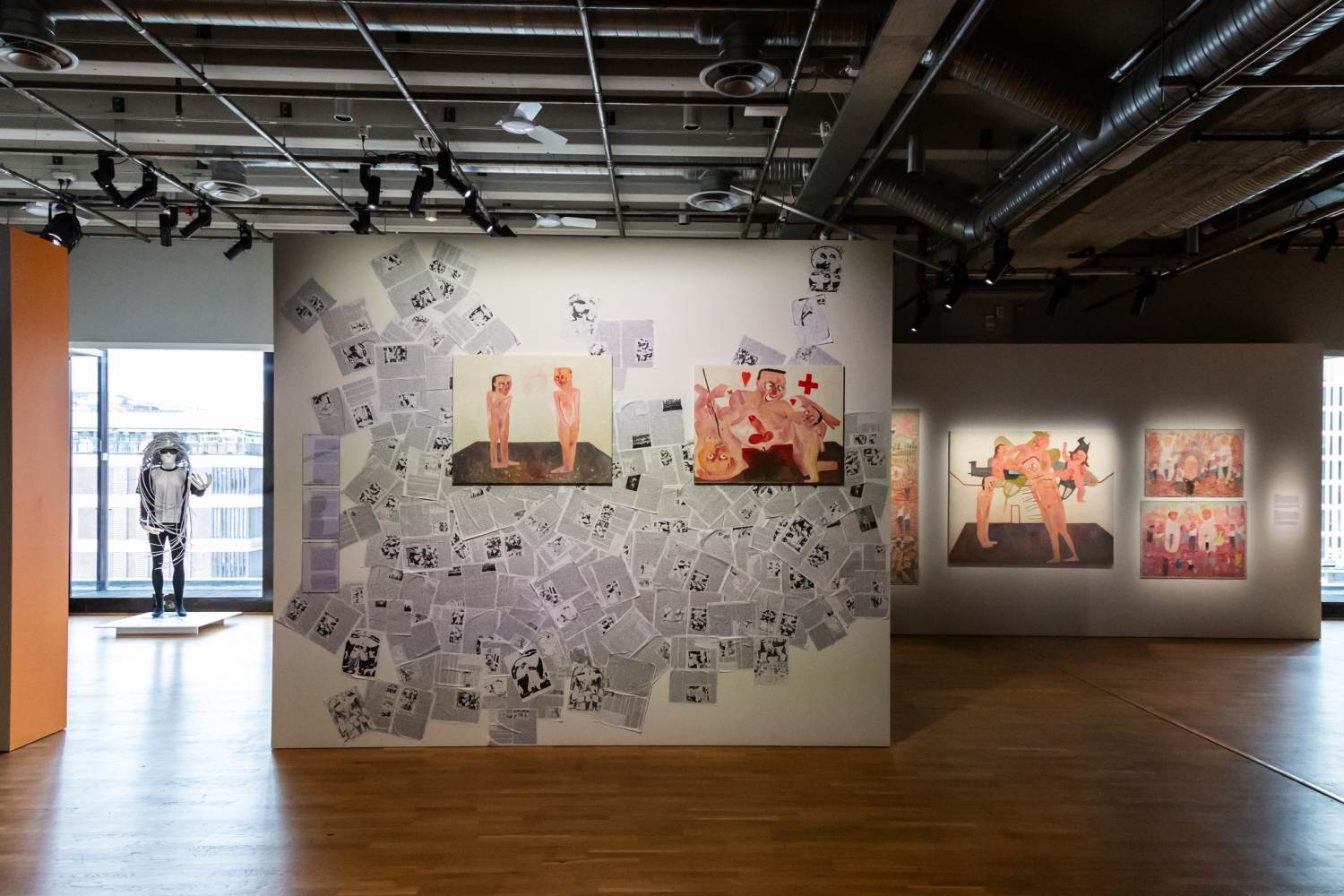
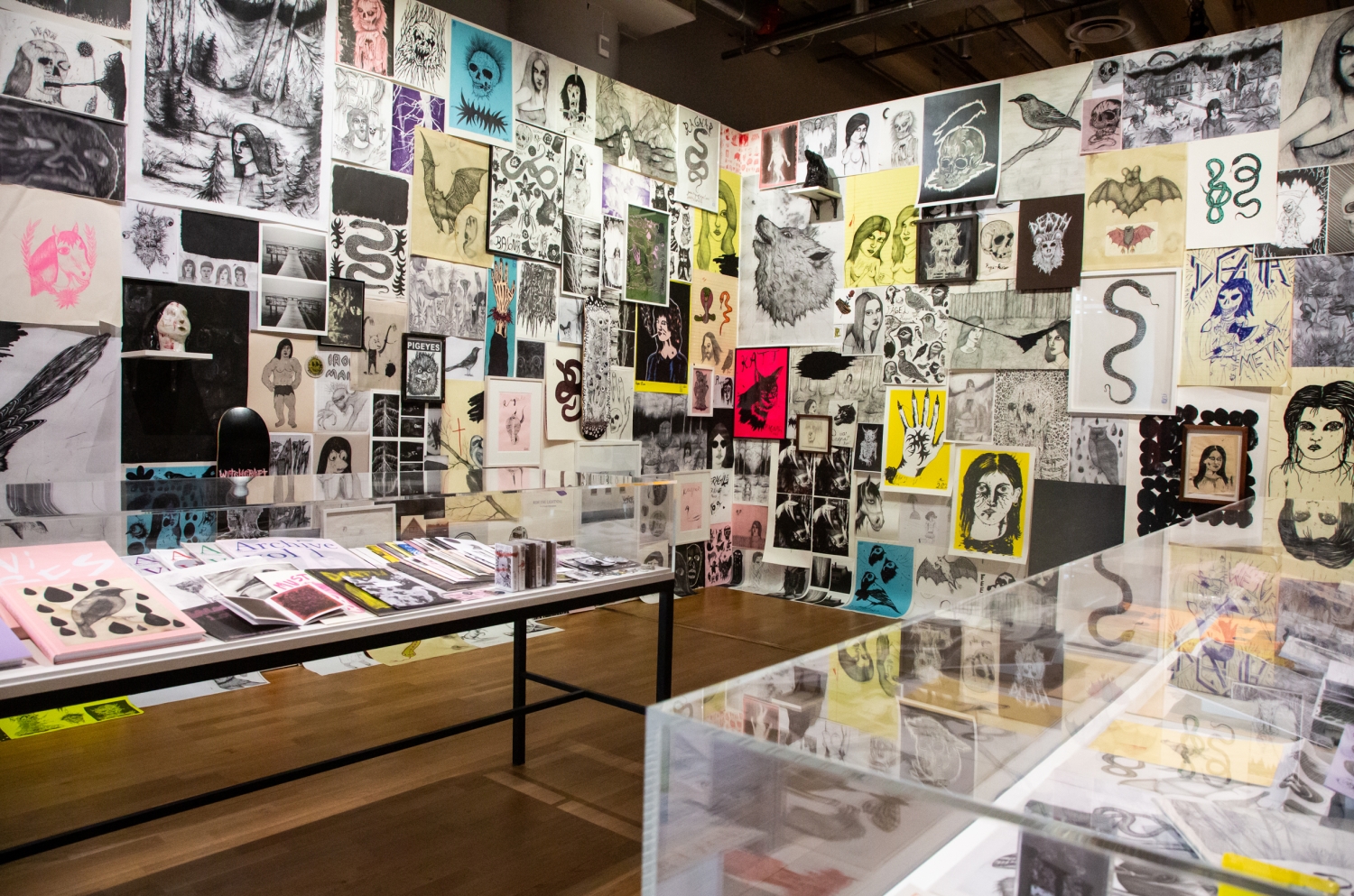
Charlotte Johannesson (b. 1943)
Charlotte Johannesson is a textile artist and a pioneer in computer-based art. Her art was intertwined with the social and cultural oppositional spirit of her time – the counterculture of the 1960s, feminism, punk, and intellectual sympathy with the ideological struggle of the 1970s. As an artist, she is self-taught, educated at a textile craft school in Malmö in the early 1960s, a traditional craft-oriented education. From 1966 to 1969, she ran Gallery Cannabis in Malmö with her husband Sture Johannesson. The gallery served as a studio, exhibition space, and hub for artists and publications from the European radical left.
Charlotte Johannesson has represented Sweden at the Venice Biennale. Her works are in collections including the Moderna Museet, Centre Pompidou in Paris, and Museum Ludwig in Germany.
KjARTtan Slettemark (1932-2008)
KjARTtan Slettemark is one of the most well-known, beloved, and controversial artists in the Nordic region. For half a century, he was an active driving force in the Scandinavian art scene and a pioneer in both performance and art activism. As indicated by the unique spelling of his first name, art was a part of him. For Slettemark, art was more important than anything else, and throughout his life, he fought for the freedom of expression for artists. Slettemark's artistic journey spans film, video, performance, sculpture, painting, graphics, and plastic.
In 2014, a major retrospective exhibition was held at Kulturhuset. It was curated by the National Museum in Oslo and produced in collaboration with Kulturhuset. Kjartan Slettemark is represented at the Gothenburg Museum of Art, Norrköping Museum of Art, Moderna Museet, and Nationalmuseum.
Linnéa Sjöberg (b. 1983)
Linnéa Sjöberg's artistry is characterized by the exploration of various identities. She lived for a time as a businesswoman, then as the tattoo artist Linnéa Ölberg, traveling around and amateurishly tattooing herself and others, provoking established tattoo artists. She works with performances spanning several years, with significant personal sacrifices. She presents her roles using physical objects, such as vacuum-packed clothes, collages of moving boxes, and intricate weavings and textiles. Sjöberg goes beyond blurring the boundary between life and art - she intertwines them until the boundary disappears completely.
Linnéa Sjöberg works both in Sweden and internationally. She has had exhibitions in Stockholm, Berlin, and New York, among other places.
Moki Cherry (1943–2009)
Moki Cherry was a versatile artist and designer who worked in weaving, fashion design, painting, music, collage, woodworking, and ceramics. She used materials with a function and themes related to nature and spirituality. Moki Cherry saw her life and work as part of an aesthetic utopian vision of "home as stage, stage as home." Her artworks were experienced in the home, in music and theater performances, and in art galleries. Interest in her artistry continues to grow, and she has been featured in Sweden, Europe, and the USA.
Ragnar Persson (b. 1980)
Ragnar Persson's art is expressed in newspapers, clothing patterns, and scenography. In addition to his exhibitions, Ragnar Persson has self-published fanzines and books. As a youth, he often drew the covers of various punk and heavy metal albums, but it was during his second year at Konstfack that he found drawing. Drawing felt liberatingly simple and direct, without too many artistic pretensions.
His work is represented in several private and public collections, including those of the Moderna Museet and the Public Art Agency Sweden.
Renate Bauer (b. 1952)
People in Stockholm have seen Renate Bauer's A4 papers adorned with theories about society's decay displayed in the urban environment since the 1980s. They are densely written and have their own unique aesthetic. Regardless of the interpretation chosen for Renate's works, a captivating narrative is woven through her texts – a narrative that emerged in the early 1980s as an attempt to explain her paintings. Renate Bauer's handwritten notes explore the deep connection between freedom of expression and art.
In contrast to the typical path for street artists starting on the sidewalk and moving on to finer salons, Renate Bauer took a reverse path. After already exhibiting in galleries, she began the mission of covering the city with her handwritten letters. Renate Bauer's works are found, among others, in the collection of the Moderna Museet and have been exhibited in various galleries.
Sture Johannesson (1935-2018)
After studying graphics and photography in the 1960s, Sture Johannesson plunged into creating psychedelic posters that upset both authorities and leftist circles. His advocacy for drugs as a critique of state control caused controversy, resulting in censorship and canceled exhibitions. Johannesson wanted to show through his posters, events, and experiments with new media that the way authorities program society is more hallucinatory than any drug could ever be. From 1966 to 1969, he ran Gallery Cannabis in Malmö with his wife Charlotte Johannesson. The gallery served as a studio, exhibition space, and hub for artists and publications from the European radical left. Sture Johannesson's posters and paintings are represented at the Moderna Museet, Malmö Konsthall, and Halland County Museum.
Toxoplasma - Akay (1969) and Olabo (1981)
Toxoplasma consists of the artists Akay and Olabo, both with a background in graffiti. They often create interactive works and collaborate with others, sharing a relaxed attitude toward the boundaries set by society. Together, they have created various installations and projects in public spaces. Empty warehouse spaces and long-forgotten, drab office buildings unexpectedly emerge filled with both collected and created objects. In their creation, spontaneity and creative play take top priority.
Toxoplasma has created and exhibited works both in public spaces and at several art institutions, including Bonniers Konsthall, Wallstreet Stockholm, and Gallery Steinsland Berliner in Stockholm.
Guest curator Jeanette Steinsland
Jeanette Steinsland is a graduate of Central Saint Martins in London. Over the past 20 years, she has curated and organized exhibitions at art galleries and institutions both in and outside of Sweden, as well as worked as an art editor. Jeanette Steinsland is the founder and managing director of Gallery Steinsland Berliner in Södermalm, Stockholm. From 2019 to 2022, she was the chairperson of the The Centre for Photography, and in addition to her role as curator, she has had assignments as a lecturer.
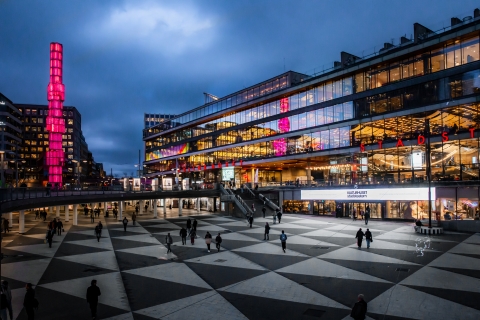
In English
Welcome to Kulturhuset Stadsteatern